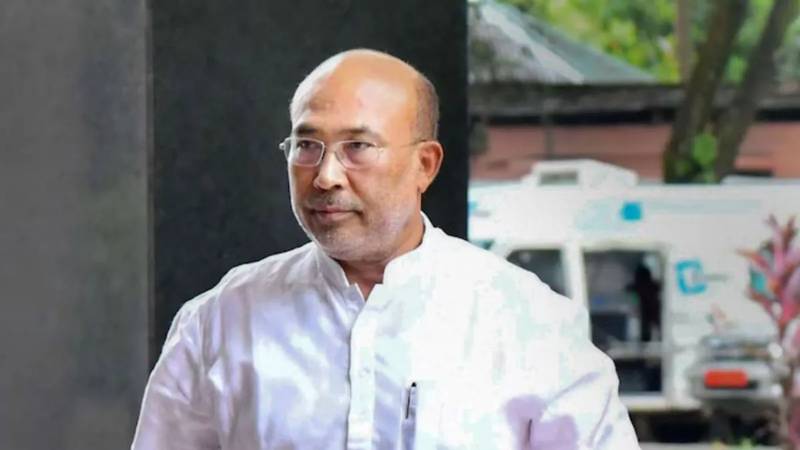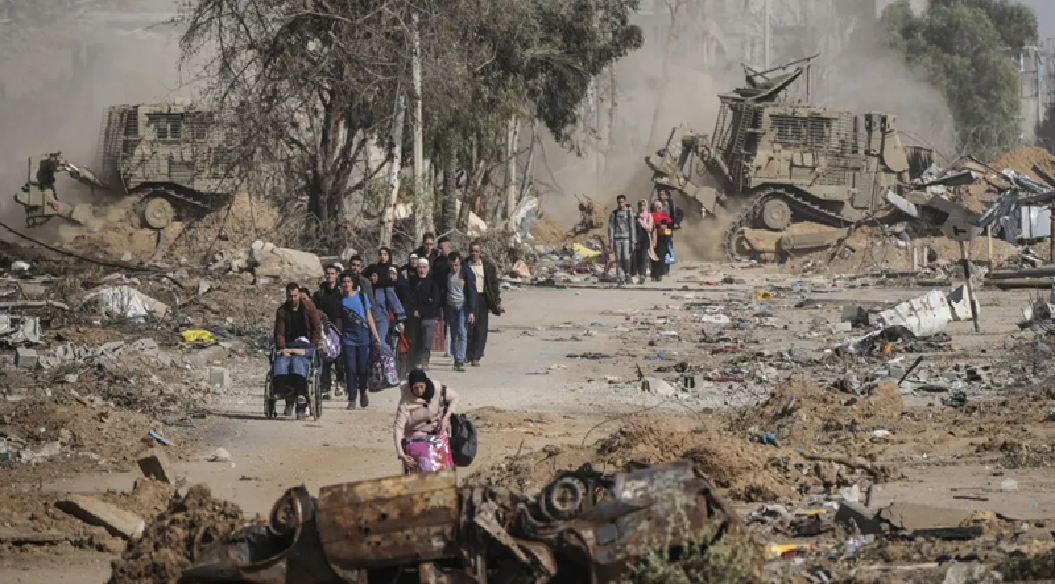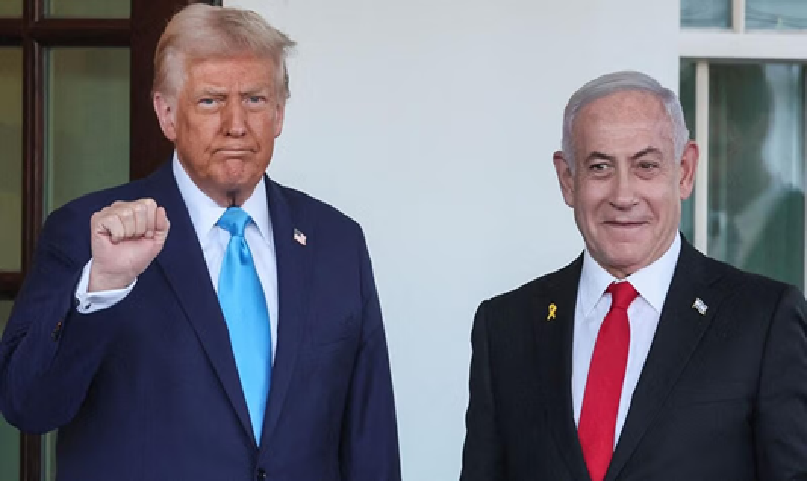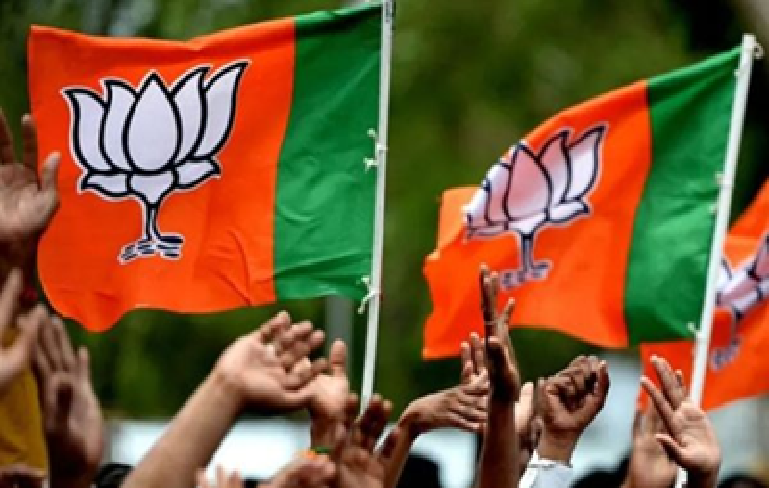
Needed: More women politicians
Women represent half of humanity. And in India, the skewed male to female ratio is getting narrower. If the data of the fifth National Family Health Survey (NFHS-5) is any indication, women already outnumber men as it puts the gender ratio at 1,020 females to 1,000 males. However, since these are not the Census figures (no decennial Census has been held in 2021), one cannot be certain if the ratio has begun leaning towards women. But when it comes to women’s representation in legislatures—Parliament as well as Assemblies— women are vastly underrepresented.
A recent study points out that their representation is below 15 percent. Nineteen state Assemblies had less than 10 per cent of lawmakers. Those that exceeded 10 percent were Chhattisgarh, Uttarakhand, Uttar Pradesh, Bihar, West Bengal, Delhi, Rajasthan, Punjab, Jharkhand, and Haryana. In the recently held Himachal Pradesh elections, only a single woman could be elected to the 68-member house.
Surprisingly, in all the five southern states, where women fare better on the Human Development Index, their representation in the Assemblies was less than 10 per cent. Gujaratis elected only 8.2 percent women for their 182-member Assembly. Overall, national average representation across Assemblies is reported to be merely 8 percent.
Women Members constituted merely 14.94 percent in Lok Sabha while Rajya Sabha had 14 percent women. The statistics appear glaring when discussed in the backdrop of democratic governance. With such abysmal underrepresentation, any democracy is liable to be dubbed grossly deficient in terms of gender parity.
The paucity of women in lawmaking institutions undermines the legitimacy of the democratic political system itself. Decision-making is bound to be skewed against women as legislatures short of adequate representation may not be able to include the gendered view of issues. Generally, low representation of women is attributed to their lower presence in political parties. Some would even lay the blame on their ‘lower winnability’. But facts state otherwise. Studies have shown that women have higher winnability which is defined as “total elected females MLAs/ total contested female candidates”.
Data suggests that winnability of female candidates is 13 against 10 in case of male candidates, thereby women showing higher prospects of winning than men. It is therefore concluded that it is lower number of female candidates rather than winning prospects that are responsible for the adverse gender ratio in the legislatures. Despite there being strong women leaders-- Indira Gandhi, Mamata Banerjee, Mayawati, Jayalalitha, Sheila Dixit--women’s membership in political parties has always been far from adequate.
Similarly, though women’s participation in voters’ turnout has seen a vast surge, there are fewer women who figure on the ballot papers. Data informs that the number of women contestants has had a slow rise from 5 percent to 10 percent during the last three decades. Going by this dismal rate of progress, equitable participation of women is not likely to materialise any time soon. The course correction would entail addressing the inherent gender bias, patriarchal mindset of party bosses and the general tendency within the society to discourage women from politics.
 English daily published in Bengaluru & Doha
English daily published in Bengaluru & Doha






